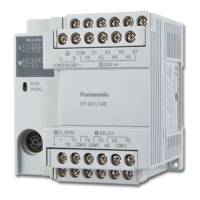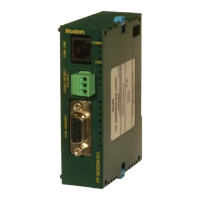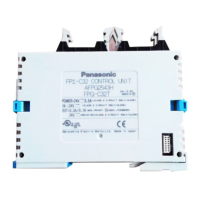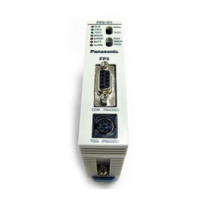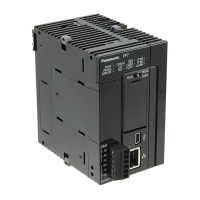Signal name
I/O No.
Axis 1 Axis 2 Axis 3 Axis 4 Axis 5 Axis 6
CH0 CH1 CH2 CH3 CH4 CH5
Emergency stop Y50 Y51 Y52 Y53 Y54 Y55
Over limit input (+)
(Note 1)
(Y80) (Y82) (Y84) (Y86) (Y88) (Y8A)
Over limit input (-)
(Note 1)
(Y81) (Y83) (Y85) (Y87) (Y89) (Y8B)
Deceleration stop Y58 Y59 Y5A Y5B Y5C Y5D
(Note 1) The over limit input (+) and over limit input (-) will be valid when arbitrary inputs are allocated and the
output relays indicated in the above table turn ON.
5.1.2 Characteristics of Stop Operations
■
Priority of stop operations
When stop control requests are made simultaneously, the stop operations are executed
according to the following priority.
1. System stop > 2. Emergency stop > 3. Limit stop > 4. Deceleration stop
■
Dwell time setting
The dwell time setting is invalid in the stop operations regardless of patterns.
■
Flag processing
● In the case of system stop, the busy signal turns off and the operation done signal turns on.
● In the cases of emergency stop, limit stop and deceleration stop, the busy signal turns off
and the operation done signal turns on after the completion of the pulse output during
deceleration.
■
Elapsed value area (Current value coordinate)
● Even in a stop operation, the elapsed value area is always updated.
● After the emergency stop, limit stop or deceleration stop, deceleration is performed with each
specified deceleration time, and the value when the pulse output stops is stored.
● In the case of system stop, the value when the pulse output stops is stored.
● For details of the deceleration stop operations when repetitive control is executed, refer to
"5.5.3 Stop Operation During Repeat Operation".
5.1 Stop Operation
WUME-FPXHPOSG-01 5-3
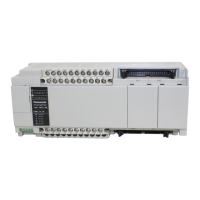
